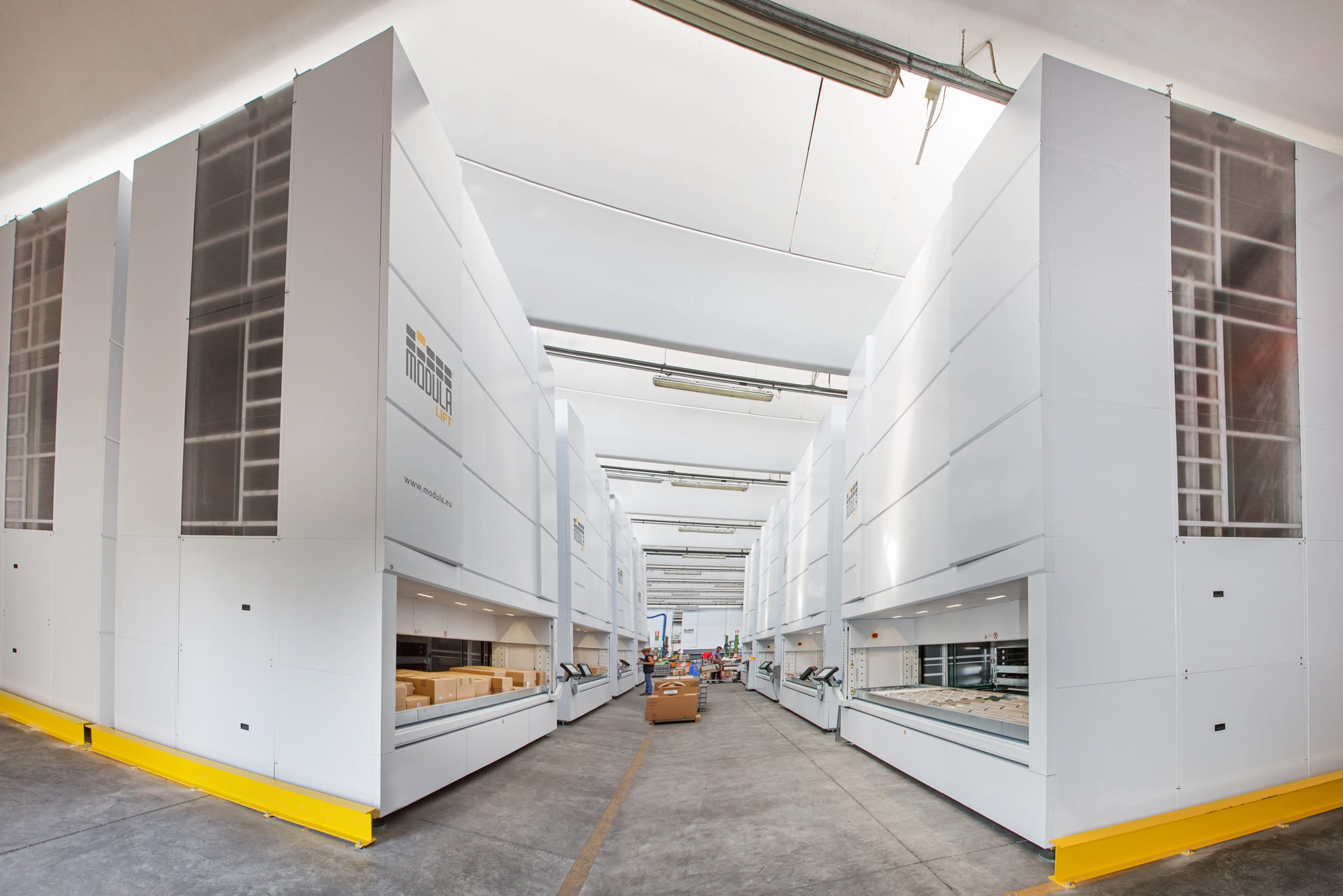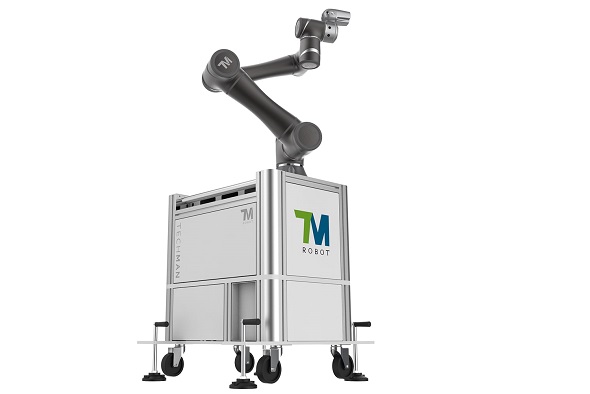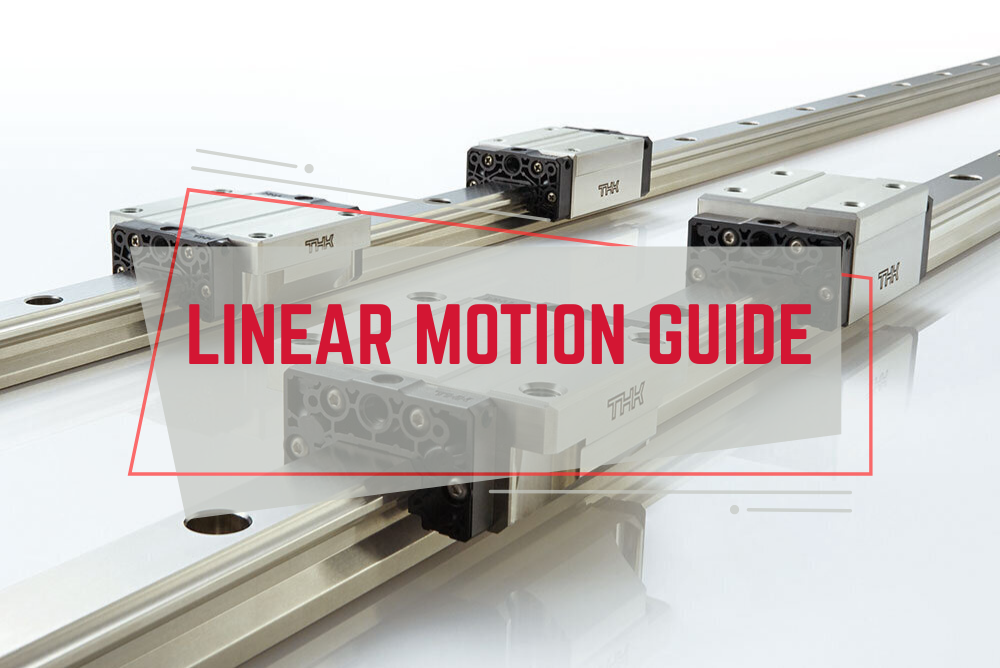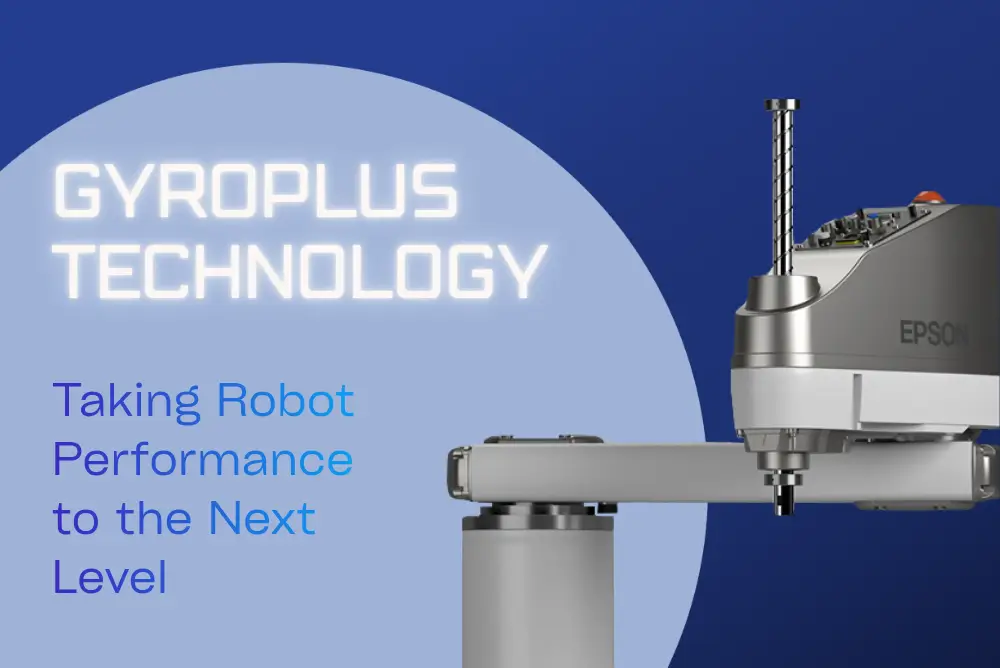 Contents
Contents
Managing inventory in the apparel industry, with its vast variety of products, has always been a complex challenge. However, RFID technology—a key pillar of the Internet of Things—has introduced a revolutionary solution. By using RFID tags, readers, and management software, businesses can significantly improve both the efficiency and accuracy of inventory processes. Leading fashion brands like UNIQLO and HLA GROUP have already adopted this technology and achieved impressive outcomes. This article delves into the practical applications of UHF RFID technology and offers recommendations to maximize its potential, driving broader adoption and innovation in the apparel sector.
What is a UHF RFID Tag?
UHF (Ultra High Frequency) is a cutting-edge wireless technology that enables devices to read information from tags over long distances without direct contact. RFID (Radio-Frequency Identification) is an automated identification system that uses small devices called RFID tags.
RFID tags are divided into two main categories:
- Passive Tags: These tags do not have built-in batteries. They draw energy from radio waves emitted by a reader to function and transmit data.
- Active Tags: Equipped with their power source, active tags can actively broadcast signals and operate over greater distances.
Passive RFID tags typically operate on three frequency bands: low frequency (LF), high frequency (HF), and ultra-high frequency (UHF). Among these, UHF technology has revolutionized the apparel and fashion industries. With the ability to capture data from distances of 8-10 meters, UHF RFID tags enable faster and more efficient inventory management.
In practice, UHF RFID applications are incredibly diverse. Handheld readers with extended scanning ranges are widely used for inventory checks and tracking goods. This empowers businesses to access accurate, real-time product information, optimizing production workflows and supply chain management.
Challenges of Managing Goods with Barcode Systems
Today, many businesses still rely on barcode systems to manage their inventory. However, as workloads increase, barcode-based methods become time-consuming and labor-intensive.
1. Time and labor-intensive processes for receiving and shipping goods
Traditional inventory management methods using barcodes require scanning each product individually. This approach consumes significant time and effort, particularly when handling large quantities of goods. Tasks such as inspecting, receiving, and shipping goods become more complicated and prone to errors due to the manual nature of these processes.
2. Challenges in barcode scanning due to packaging conditions
The ability to scan product labels often depends on how they are packaged and labeled. Labels placed in obscure positions, overlapped, or covered by packaging materials can hinder accurate information retrieval. For products wrapped in shrink film, light reflections can cause barcodes to appear blurry or unreadable, adding further difficulties to the scanning process.
3. Human error
Mistakes, such as missed or incorrect data entry, are common when relying on manual labor, leading to inaccuracies in inventory management.
4. Inventory counts are time and resource-intensive
Conducting inventory checks is often a lengthy process requiring substantial manpower, causing significant disruptions to business operations.
After Implementing UHF RFID Systems
To address these challenges, RFID technology has revolutionized inventory management across the apparel industry, from initial production stages in factories to the point where products reach consumers.
1. Minimizing human errors in inventory checks
RFID technology enables the automation of inventory processes, significantly reducing human errors. This results in improved data accuracy for inventory tracking and minimizes the time spent on manual tasks.
2. Flexible inventory management
RFID provides detailed tracking of individual products, giving businesses a clear overview of inventory across various channels such as retail stores, warehouses, and e-commerce platforms. This enhances flexibility and efficiency in inventory control.
3. Cost and labor savings
RFID readers streamline tasks like inventory counts and returns processing at retail stores, reducing the need for labor and time. Additionally, RFID helps prevent inventory shrinkage, offering further cost-saving benefits.
Advantages of RFID Technology
- Scanning through packaging: RFID technology can read tags inside boxes without the need to open them, unlike barcodes, which require unpacking and removing items for scanning.
- Resistance to Dirt and Damage: While barcodes can become unreadable due to dirt or smudges, UHF RFID tags remain scannable even when the surface is dirty, ensuring consistent performance in various conditions.
- Simultaneous Tag Reading: Unlike barcode systems, which require scanning each item individually, RFID technology allows multiple tags to be read at once. This capability enables users to quickly scan large quantities of products, saving significant time and effort. As a result, inventory checks and stock management processes are faster and more efficient.
- Individual Item Tracking: RFID enables assigning a unique serial number to each product, serving as a "digital identity." This makes it possible to track and manage individual items with precision, even when they share the same product code.
Specific Applications of RFID Technology in the Apparel Industry
- In factories: RFID IC tags are applied during production to efficiently manage individual items, production quantities, transportation, and inspection activities.
- In Distribution Centers: Tunnel RFID readers enhance automation for inbound and outbound inspections. These readers can scan batches of tags during conveyor belt transport without opening packaging, completing inspections automatically during shipping and receiving processes.
- In Non-Customer Areas of Stores or Warehouses: Handheld UHF RFID readers make inventory checks faster and more convenient. By enabling batch reading of IC tags, store staff can reduce the time spent scanning barcodes by up to 90%, saving effort and improving productivity.
Thanks to RFID technology, businesses can monitor each product in detail throughout production, storage, and sales. Automating processes with UHF RFID systems offers an optimal solution, providing fast, accurate, and efficient inventory management. To fully leverage these benefits, businesses should partner with professional service providers for the design, installation, and operation of RFID systems.
Recommended UHF RFID Products for Your System:
- Fixed UHF RFID Reader - Writer MRU-F5100JP Mars Tohken
- Desktop Reader - Writer ICU-800 / ICU-800D Mars Token
- UHF RFID Gate Mars Tohken
- RFID Gate Tunnel System Mars Tohken
As the official distributor of Mars Tohken (Japan), Temas offers a wide range of Auto-ID and traceability products and solutions tailored to meet diverse business needs.
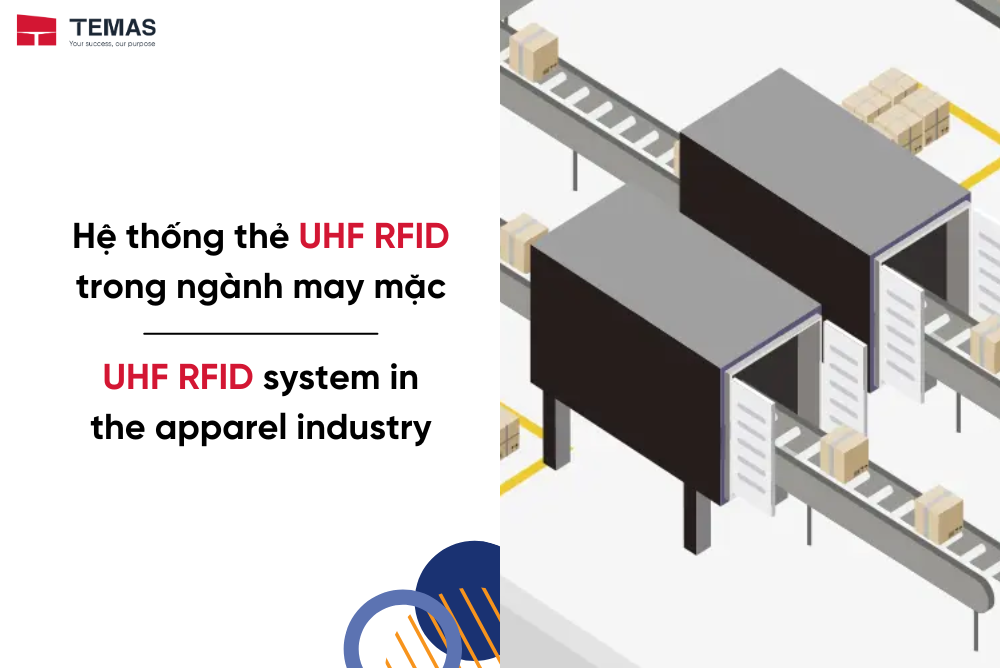
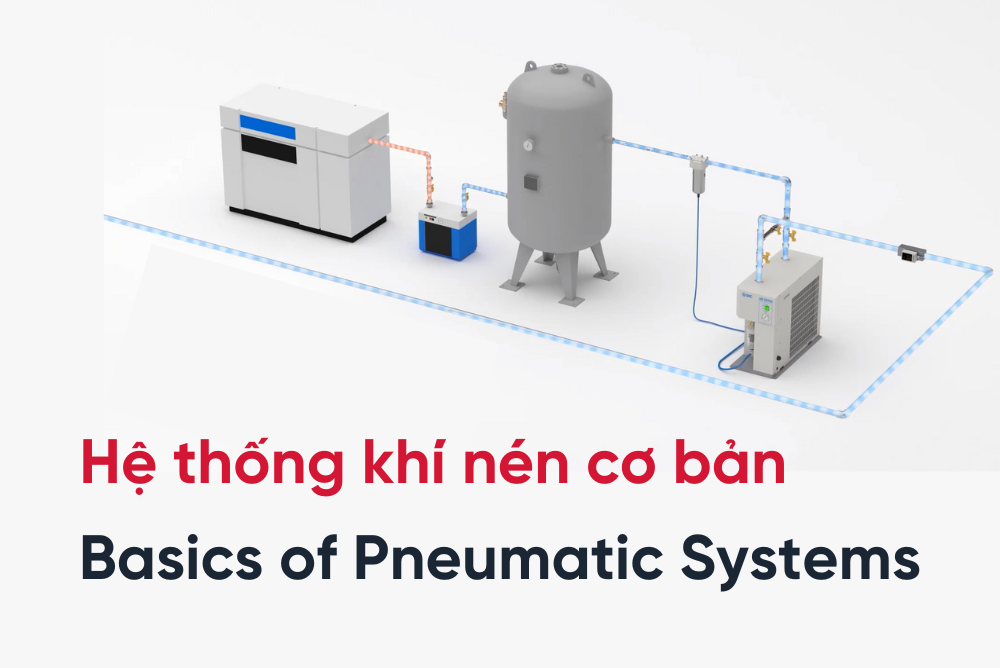
 Read more
Read more
